Guy-Crescent Fagon, after a model by Josse-François Joseph LERICHE, created at the Sevres factory in 1774, marked 19th century.
The statuette is in good condition, note that the cane has been redone and that a leaf is missing from the plant.
"Guy-Crescent Fagon, born May 11, 1638 in Paris, where he died on March 11, 1718, was the king's first physician from 1693 to the death of Louis XIV. He also developed, at the gates of Paris, the Garden Royal of Medicinal Plants or “King's Garden”, future National Natural History Museum.
He is the son of Henri Fagon, commissioner of war, and Louise de La Brosse, sister of Guy de La Brosse (1586-1641), founder of the King's Garden and godfather of the child.
Very early fatherless, he studied brilliantly. He obtained his title of doctor in medicine on December 9, 1664. He practiced from 1666 to 1667 at the Hôtel-Dieu in Paris. He learned botany, in particular from Pierre Magnol (1638-1715), botanist in Montpellier.
Antoine Vallot (1595 or 1596-1671) called on him to collect plants in France. He contributes to the beautification of the King's Garden (the current Jardin des Plantes), which he enriches with botanical excursions in Auvergne, Provence, the Alps and the Pyrenees. He contributed to the first catalog of the Garden, Hortus regius, which Denis Joncquet (? -1671) had published in 1665. It was Fagon who wrote most of it. 4000 species are described there. In 1699 he became an honorary member of the Academy of Sciences.
Joncquet’s death allows him to obtain a position as a sub-demonstrator. The following year, he obtained the position of pharmacy demonstrator.
He distinguished himself in the practice of medicine by his successes and his selflessness. He was the doctor of the Dauphine in 1680 and he was appointed first doctor to King Louis XIV in 1693 after the dismissal of Antoine d'Aquin (1620-1696). He is the first to question the health benefits of tobacco.
Tyrannical and temperamental, he would have supported the discredit of Antoine d'Aquin by incriminating the consumption of Champagne wine (still wines at that time) by Louis XIV. He imposed the consumption of Burgundy wines (October 16, 1695, according to Dangeau) at the King's table, with the addition of cinchona which, according to the little story, would have allowed the King to retain all his virile faculties.
He had Louis XIV ordered the explorations of Charles Plumier in America, of Louis Éconches Feuillée in Peru, of Joseph Pitton de Tournefort, of whom he was the protector, in Asia.
He is one of the first to recognize the effectiveness of the waters of Barèges and cinchona and he writes a memoir on the Qualities of Cinchona in 1703. He is a supporter of the theory on the circulation of blood and thus opposes d other scientists from the Sorbonne.
Princess Palatine said of him: "Doctor Fagon is a figure that you will hardly imagine. He has slender legs like a bird's, all the teeth in the upper jaw rotten and black, the lips thick, which makes his mouth protruding, eyes covered, face elongated, dark complexion and air. as wicked as it is indeed [6]. "
He is the father of Louis Fagon (January 25, 1680 - May 8, 1744), ordinary Councilor of State, and of the Royal Council, intendant of finances, in 1714-1715 and in 1722-1744, and of Antoine Fagon, bishop of Lombez then Bishop of Vannes. Said Louis baptized in Versailles on May 13, 1683 with as godfather Monsignor the Dauphin and godmother His Majesty the Queen. He will take over the Fontenay-aux-Roses house and commission some embellishment work by his friend the painter Jean-Baptiste Oudry (1686-1755), who will paint among other things the decorative panels of the four rooms on the ground floor representing on a white background of birds, flowers, landscapes and animals ".


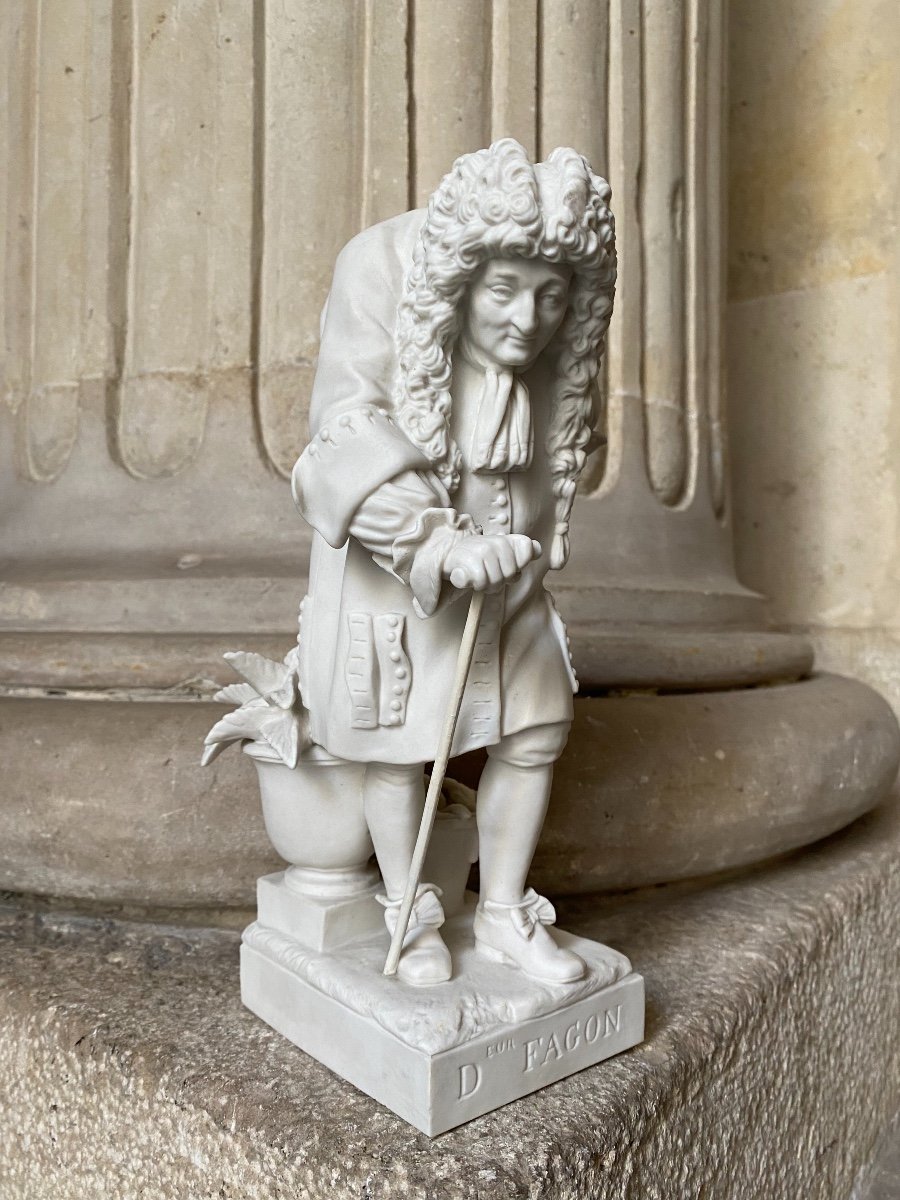
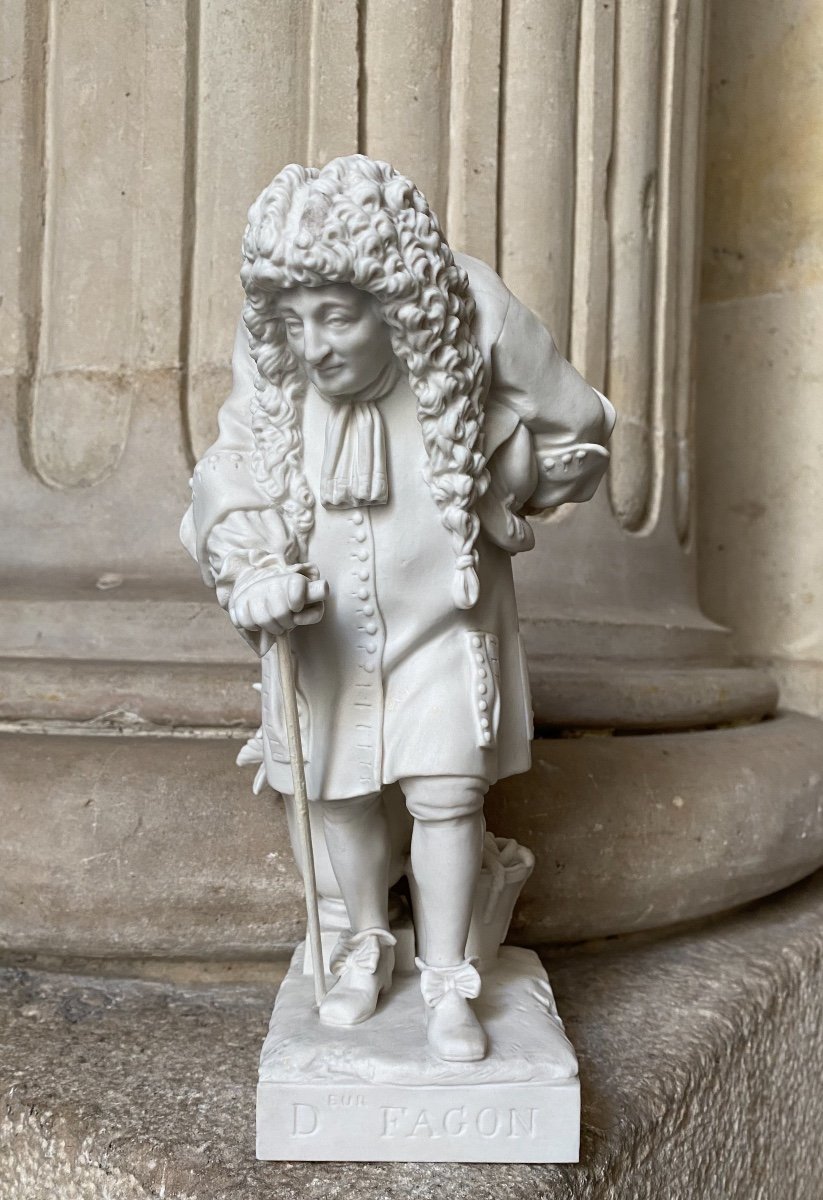
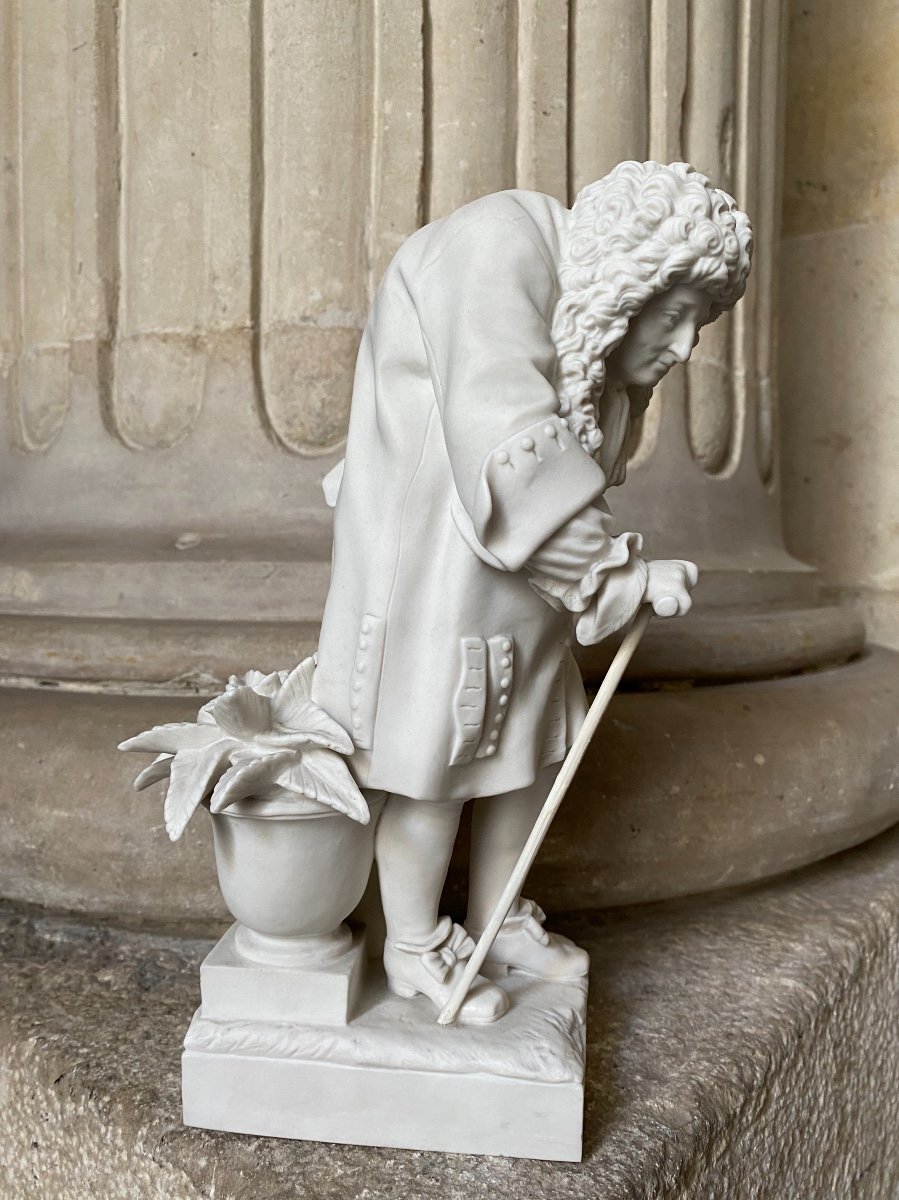


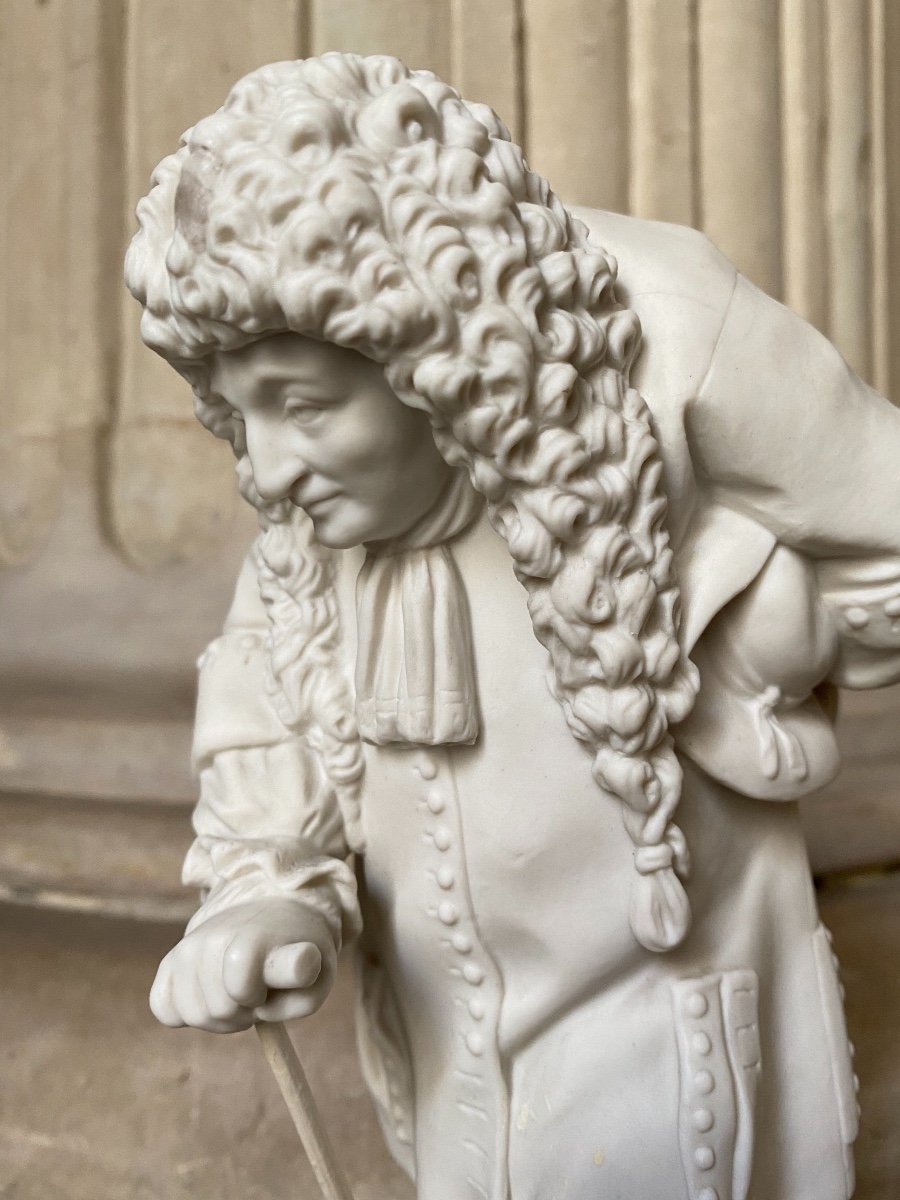

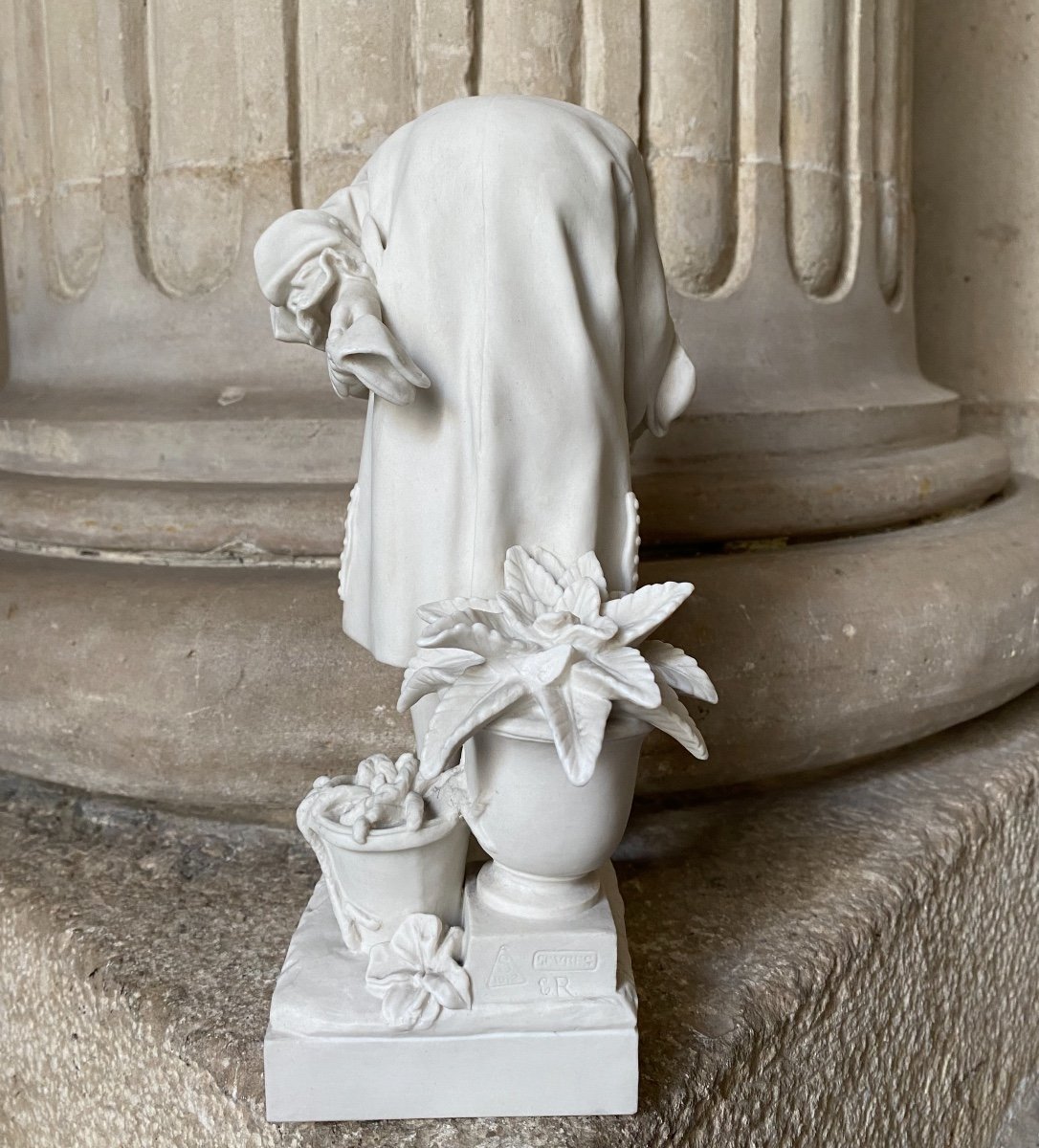

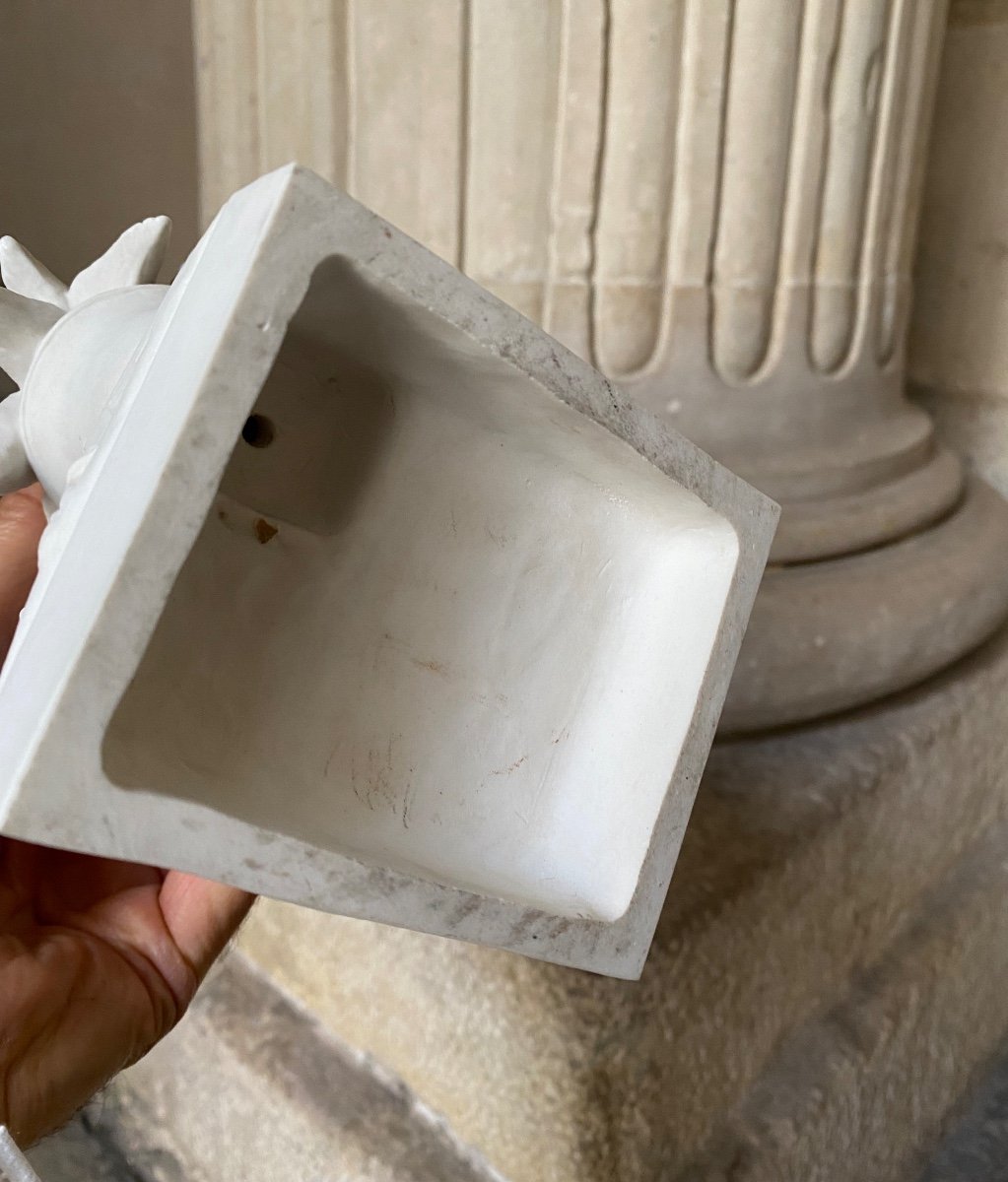
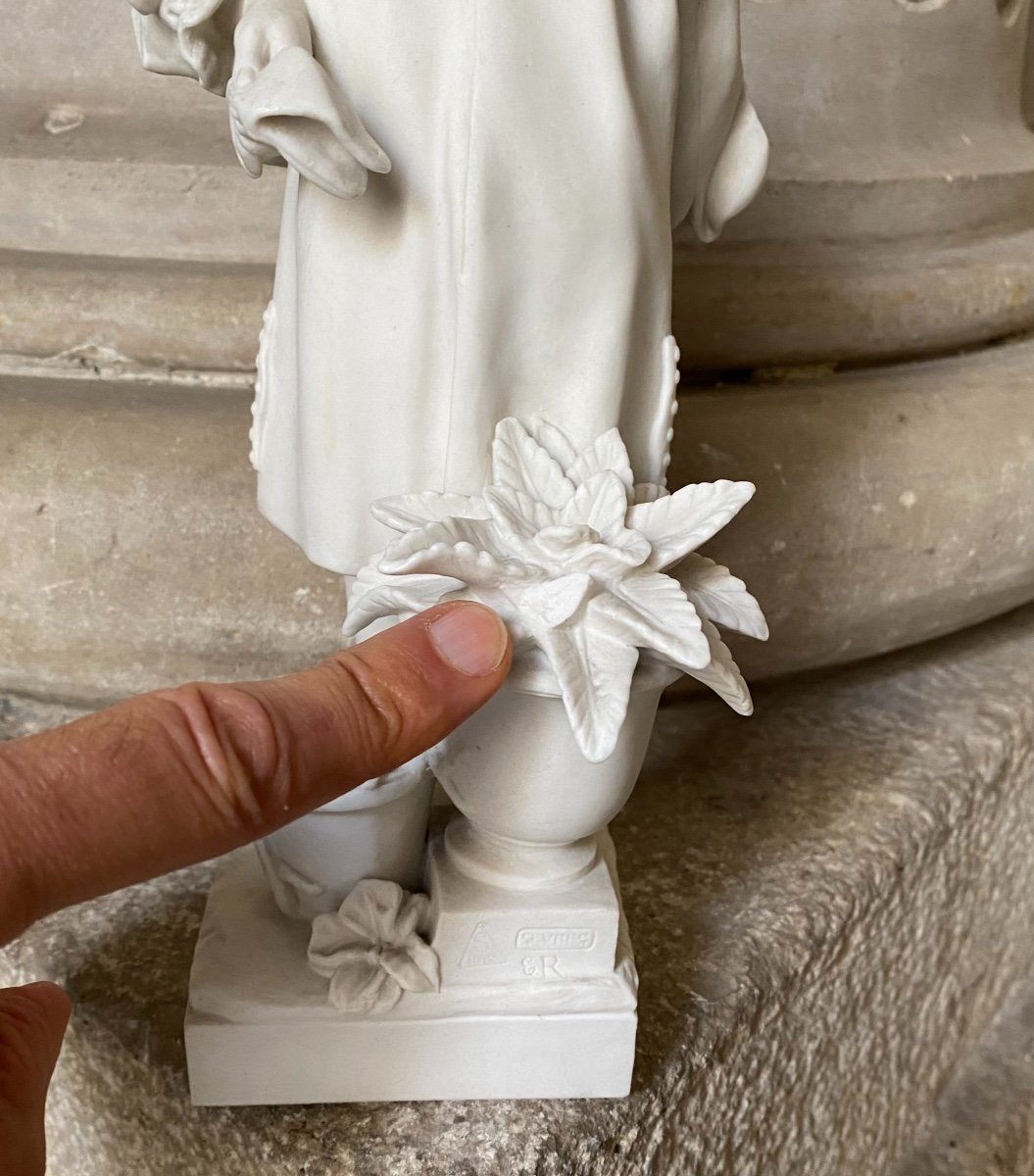













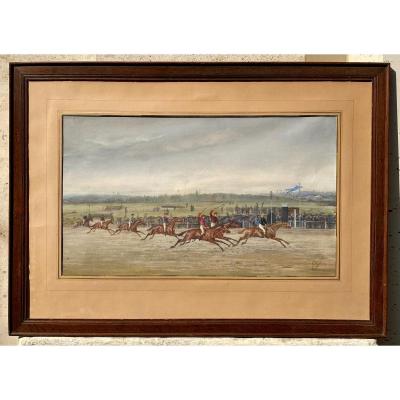

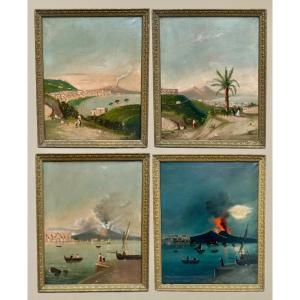
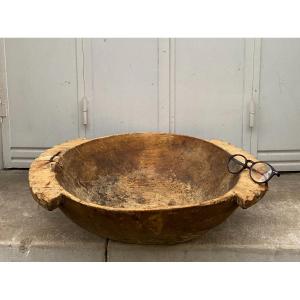


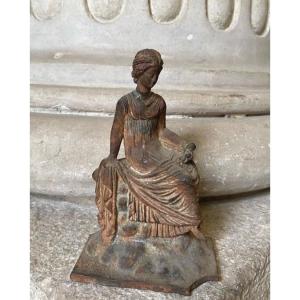
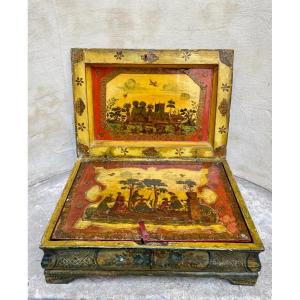

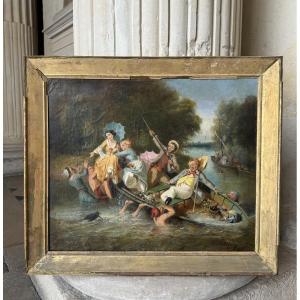







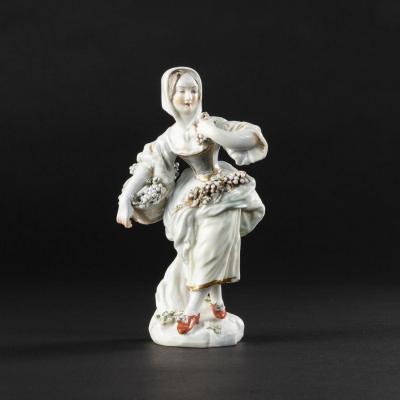




 Le Magazine de PROANTIC
Le Magazine de PROANTIC TRÉSORS Magazine
TRÉSORS Magazine Rivista Artiquariato
Rivista Artiquariato